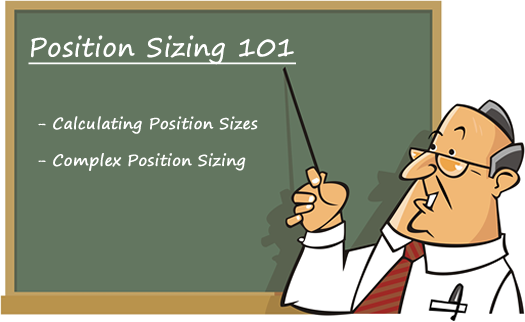Step-By-Step Instructions for Planning a Trade
Before you actually build your plan there are things you will want to learn. It is really important to differentiate between system traders and discretionary traders. The former will commonly use a certain level of automation in their trading plans and set objectives of trading. The latter, however, will watch the market and trade manually in real time. They will respond to information that is available at the time.
An average trader will start as a discretionary trader. After all, that is what most imagine when they think of trading. They will use their intuition combined with the information they have to make decisions.
On the other hand, we have a system trader. A system trader will follow the logic of the system as closely as possible. The rules are absolute and it is natural to even set up an automation of trades. The trader will set up a strategy and the computer will handle the activities. You can use tools like Trade Ideas to find ideal trading strategies and automate your search for stocks.
So, before you make your trading plan, you will have to decide on which type of a trader you will be.
Now that you are creating a plan, this is what it will need to include:
1. What Markets Will You Use?
There is no reason to limit yourself to stocks. There is quite a selection you can use. You can trade commodities, ETFs, bonds, futures etc. Of course, you will want an instrument that trades under good liquidity. If there is not enough trading you will not have your opportunity to profit.
2. The Main Chart Interval
Even if you choose to be a discretionary trader, you will want to make decisions with a chart. You can base your chart on activity or volume. There is no superior choice here. If you plan to be a long-term trader you would do well with a longer interval period. Alternatively, if you opt for short-term trades, your intervals should have smaller periods.
3. Indicators and Settings
In order to make it in the trading world, you will probably have to use technical indicators. They are mathematical functions that are evaluating your trading instrument’s price and activity. The indicator alone cannot tell you what to buy. It simply provides you with signals regarding trading points you can use. The interpretation of them is still up to you. You can use indicators that work around momentum, volume, volatility, and trend.
Other than the indicators you should also define the settings in your plan. Try to specify them in your plan. For an example, if you are going to use a moving average, specify exactly how it should be done. Any instructions or time periods should be exact.
4. Position Sizing Rules
Position sizing is the dollar value of the investment. It is essentially the amount an investor is going to trade. It can also be used to track how many shares or contracts you wish to buy or sell. A new trader will commonly start with an e-mini contract. This way, they can test their system.
5. Entry Rules
You should come up with a set of entry rules to avoid impulse buying or selling or over analyzing the situation. The entry rules in your plan serve to make sure you follow the plan. Otherwise, if you are too conservative, you will miss out on opportunities. Alternatively, if you are too adventurous you stand to lose money. With the entry rules in your plan, you can take your own flaws out of the equation.
6. Exit Rules
Exiting a trade is the harder part of making a profit. If you make a right decision you can profit from almost any trade you go in. Do your research and testing and make sure your exit rules are good. Try to define various trade outcomes. Set up your profit targets, stop levels and strategies.






